Hybrid microrobots harvest chemical energy from their environment for self-propulsion while releasing reactive species to kill bacteria.
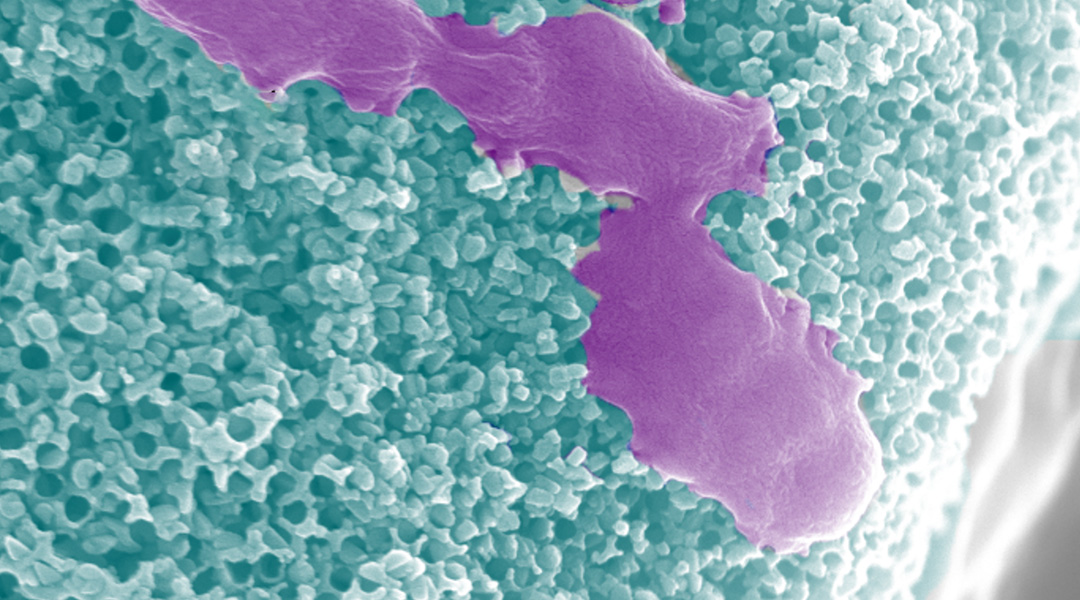

Hybrid microrobots harvest chemical energy from their environment for self-propulsion while releasing reactive species to kill bacteria.
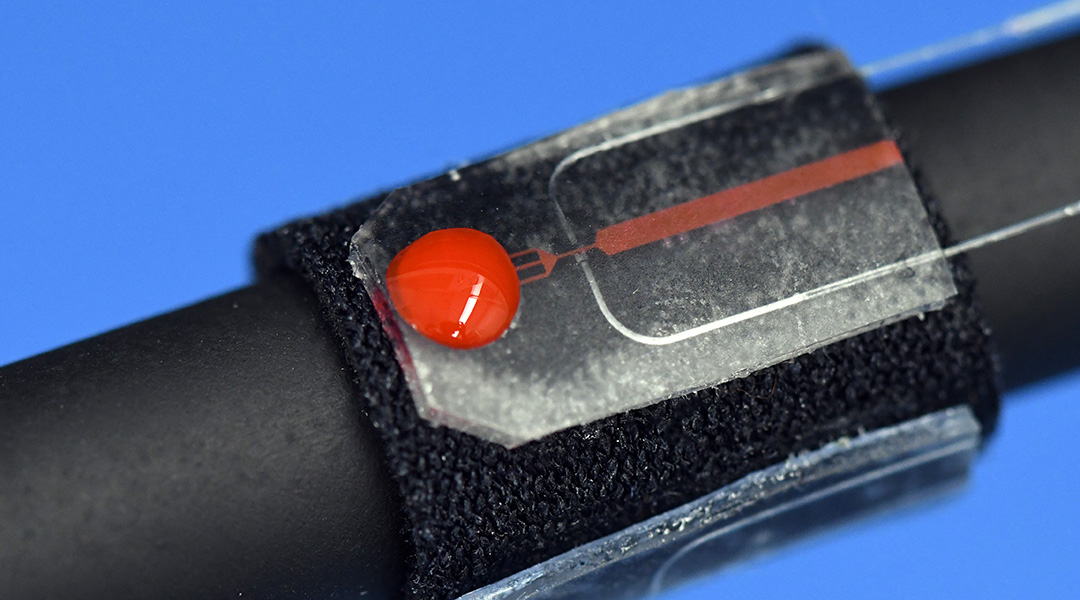
A new blood sensor utilizes miniaturized channels to monitor for accidental bleeding during colonoscopies.
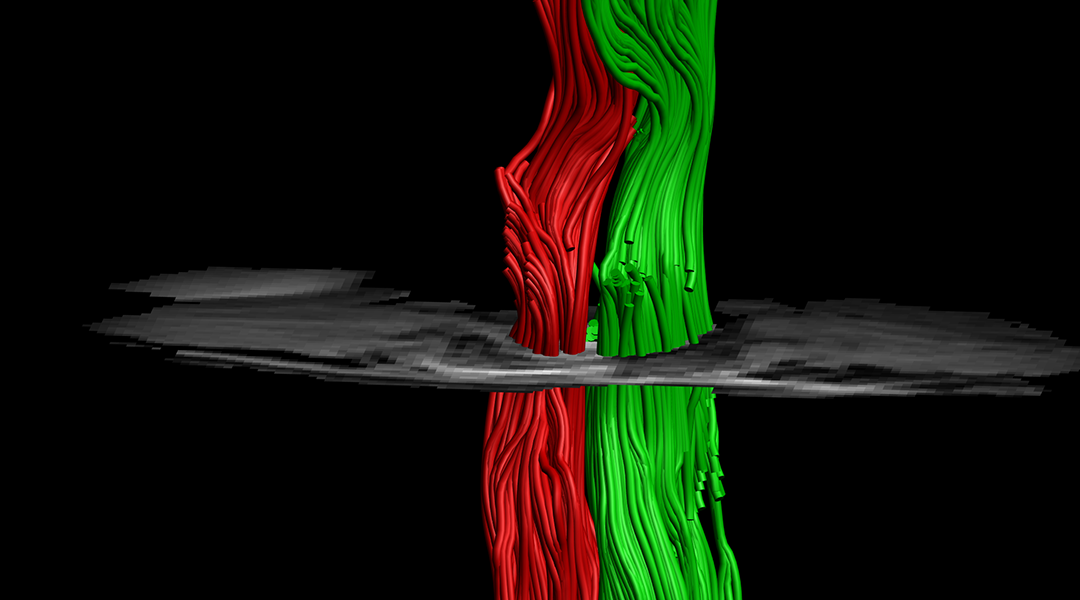
A new spinal cord implant was used to heal a severed spine, offering hope that these types of injuries can one day become treatable.

A new fluorescent probe for detecting tuberculosis can now identify disease-causing bacteria in extra-pulmonary tissue for better diagnosis.
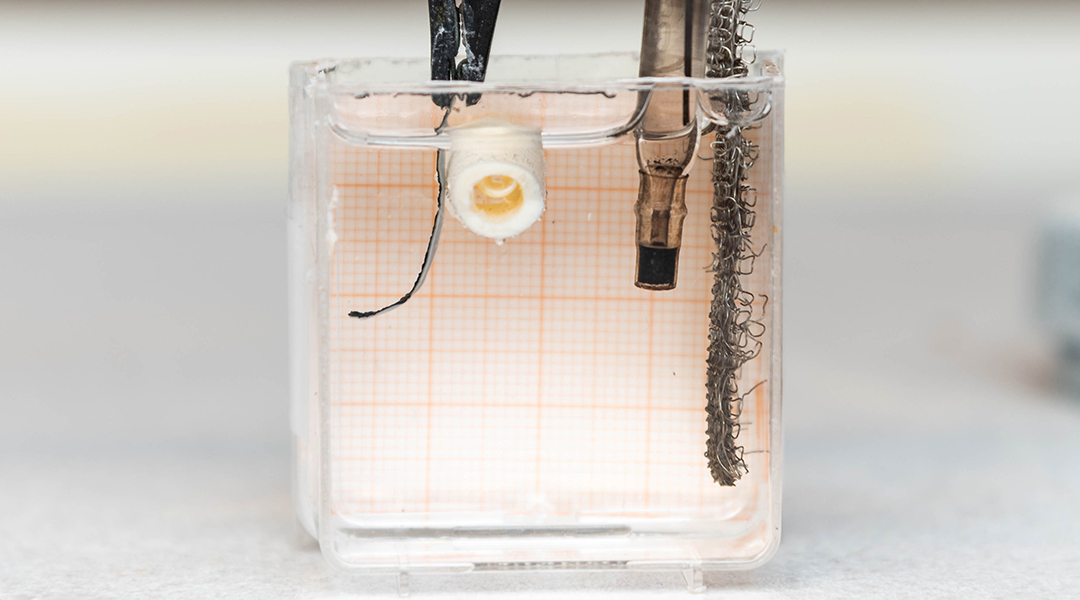
A new material gives way to simple microrobots that take advantage of mineralization processes in the body to help in bone repair.

A magnetic, drug-delivering capsule precisely navigates the GI tract to heal gastrointestinal disease and injury.

A non-invasive means of monitoring intra-abdominal pressure using a wireless radar system could save lives in the ICU.

A wearable air sampler to help monitor personal exposure to SARS-Cov-2 and identify high-risk areas for indoor exposure.
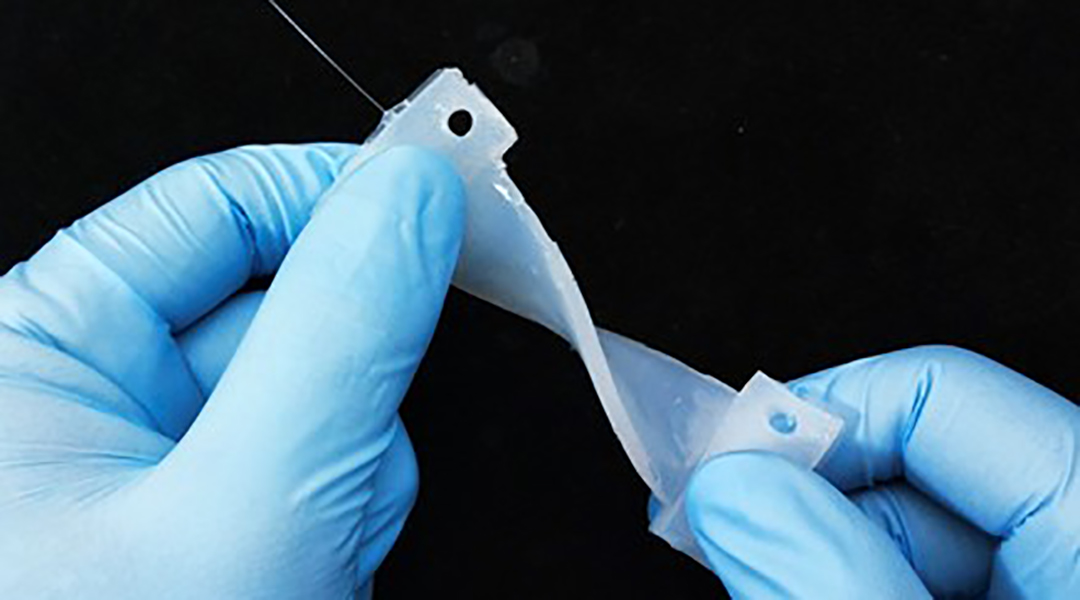
External strain can be detected by the wavelength and intensity of this sensor’s light signal for improved detection and resistance to interference.

An epoxide ring opening reaction could help stabilize biomolecules by replacing hydrogen with deuterium with a high degree of selectivity.